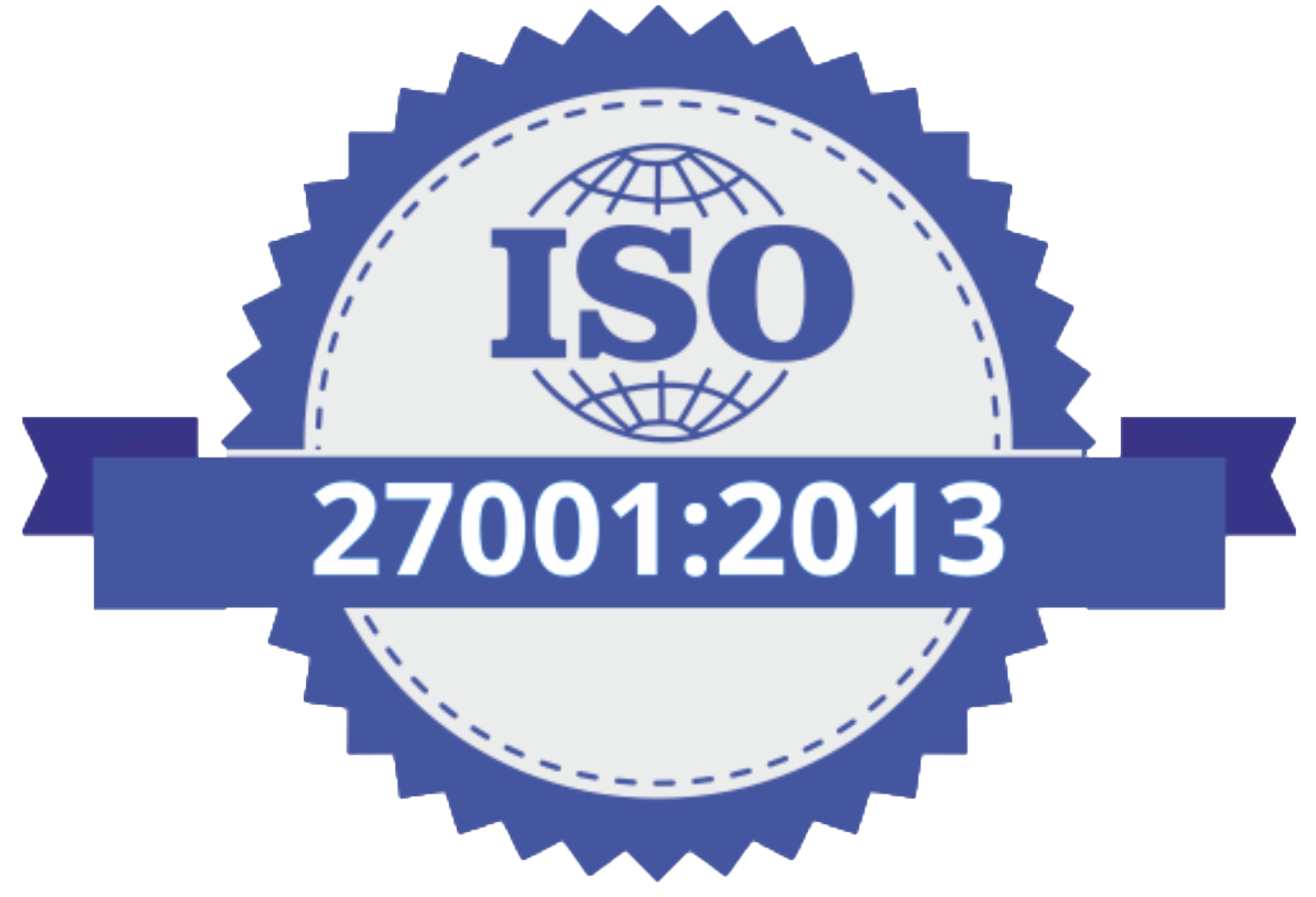Introduction:
Efficient data ingestion is crucial for real-time analytics and decision-making. Snowflake’s Snowpipe enables continuous data ingestion from Azure Blob Storage, ensuring that data is available for querying as soon as it arrives. This automated approach reduces latency and eliminates the need for manual batch loading. By leveraging cloud-native integrations, organizations can seamlessly process large volumes of data with minimal operational overhead.
Prerequisites:
Before setting up Snowpipe, ensure you have an Azure Blob Storage account for storing data files, a Snowflake account with appropriate roles and privileges, Storage Integration in Snowflake to establish a secure connection, and a Snowpipe setup to automate data ingestion. Having these prerequisites in place ensures a smooth and efficient ingestion process.
Configure Azure Blob Storage:
Start by creating a Blob Storage container in Azure, which serves as the source location for data ingestion. Ensure that the required Access Control policies are in place to allow Snowflake to read the files. Organizing the data in structured folders helps optimize processing efficiency. Configuring proper lifecycle policies can also assist in managing storage costs effectively.
Create Storage Integration in Snowflake:
To securely access Azure Blob Storage, create a Storage Integration in Snowflake. This integration allows Snowflake to authenticate and retrieve data without storing sensitive credentials. Using external stages, Snowflake can define the location of the files in Blob Storage and prepare them for ingestion. Granting appropriate IAM permissions ensures secure and efficient data transfer.
Create Snowpipe for Continuous Ingestion:
Snowpipe enables automated data ingestion by continuously monitoring Azure Blob Storage for new files. Define a Snowpipe that references the external stage and specifies the COPY INTO command to load data into Snowflake tables. The pipeline automatically ingests new data as it arrives, ensuring real-time availability for analytics. Implementing error-handling mechanisms helps maintain data integrity during ingestion.
Automate Data Ingestion with Event Notifications:
To further enhance automation, configure Azure Event Grid to notify Snowpipe whenever a new file is added to Blob Storage. These event-driven triggers ensure low-latency ingestion and eliminate the need for manual intervention. Setting up webhook notifications allows Snowflake to efficiently capture and process data updates in near real-time.
Monitor and Optimize Performance:
Once the Snowpipe is running, it is essential to monitor ingestion performance using Snowflake’s Query History and Event Logs. Regularly reviewing ingestion logs helps identify potential bottlenecks and optimize resource usage. Fine-tuning COPY statement options and managing file sizes can improve the efficiency of the ingestion process.
Conclusion:
Using Snowpipe for continuous data ingestion from Azure Blob Storage to Snowflake enables a scalable, automated, and real-time data pipeline. By integrating event-driven triggers and optimizing performance, organizations can efficiently process large datasets with minimal manual effort. Implementing this approach enhances data availability, reliability, and analytics readiness in cloud environments.
